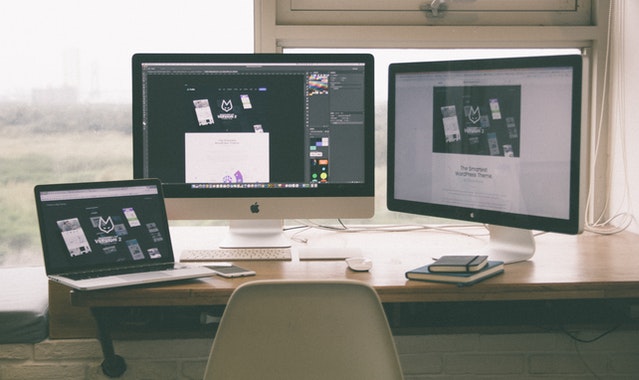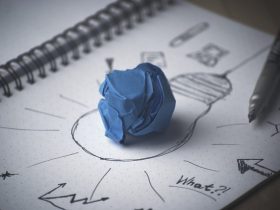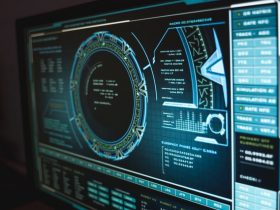What elements do you need to consider in designing a website? A web designer has to make tough decisions to organize information efficiently. The goal of a good bay area web design is simplicity, and it should lean toward less. However, if your design is not user-centric, the user might not be able to find the information they are looking for.
Color schemes in web design
There are many reasons why color schemes are so important for web design. The psychology of color is one important consideration. Colors carry different meanings across cultures, so you should consider this information when choosing a color scheme for your site. In addition, you can learn more about colors by reading about their psychological significance. The psychology of color is a very important aspect of web design and should be considered during the development phase of a project.
There are three color schemes: analogous, complementary, and tetradic. Each type has its distinct feel and meaning. These three types of color schemes should be balanced with one another to create a pleasing composition. To get the most out of your site’s color palette, balance out warm and cool hues and use a dominant color. Whether you choose a triadic or tetradic scheme, you should remember that your color palette should be visually appealing to your audience.
Typography in web design
Most people often overlook the importance of typography in web design. It is because, in the past, only a few typefaces could safely be used on websites. However, with the advent of the Internet, the concept of typography has become more prominent than ever. Luckily, designers now have more access to fonts than ever before. However, it’s important to think about the overall message of a brand when using typography.
A good typography scheme will break down the content into distinct sections, each with its headings. The headers are used to indicate the hierarchy of the page. The order of the text in each section helps make the content easy to digest and navigate. In addition to creating a visually pleasing page, great typography will prevent your audience from becoming tired or overwhelmed by your content. And as the attention span of the average internet user is becoming shorter by the second, web designers must consider this in their designs.
Navigation in web design
There are many ways to incorporate navigation in web design. It’s not rocket science, but it’s important to understand how to implement it correctly and avoid making the most common mistakes. Ultimately, navigation in web design aims to get your website’s visitors where they want to go without having to click through a lot of content. If done correctly, navigation can lead to valuable information and conversion.
Corner navigation for your home screen is an elegant and trending method of navigating a website. Not only does this save your home screen from being boring, but it also encourages users to scroll down the site. If you’re still uncertain about incorporating navigation into your web design, you can always create user personas for your target audience. Once you’ve created these, you can use them to guide you.
User-centric design
The user-centric design focuses on the experience of customers. It means that the website must create an intuitive environment for the customer, not a chore. A user-centered design should answer the questions of its customers before they ask them. This design also encourages customers to feel that the site is a trusted ally. People are more likely to make a purchase when they feel that the website has an understanding of their needs.
To implement the user-centered design, the team must gather granular requirements from the target group. This information helps them develop a storyboard and set important goals. Then, the team must test the design solution to ensure that it meets the target group’s expectations. Testing is the most important tool in the web design stage. In addition to collecting user-centric data, the process involves iterating design solutions until the end product is perfect.
Page speed in web design
When it comes to web design, page speed is essential for a number of reasons:
- Your audience hates waiting for your page to load. A slow page will only drive your visitors away and make them look elsewhere.
- Page speed has a direct impact on rankings.
- A fast page will be more user-friendly.
- A fast page is more likely to convert visitors into customers.
So, how can you increase your page speed?
One way to increase your page speed is by making your website responsive to mobile devices. If your website takes more than 5 seconds to load, users will abandon your site and search for something else. But this isn’t the quickest way to gain information. The average internet user would rather spend the extra few minutes to view a website that loads fast and offers the information they seek.
Animation in web design
Although the use of animation in web design has become increasingly popular, not all of it is effective. Some animations are unnecessary and serve to distract the user. Others can be effective, such as a button that zooms in when the user hovers over it. The effectiveness of animation on a website depends on the quality of the animation and its effect on the performance of the site and the content of the page. If used properly, however, animation can improve the usability of a website.
Adding animation to your website has many benefits. First and foremost, it can be used to grab a user’s attention. An eye-catching animation can keep the user on a landing page and engage their interest. Animation can help a website differentiate itself from other websites and attract customers.








